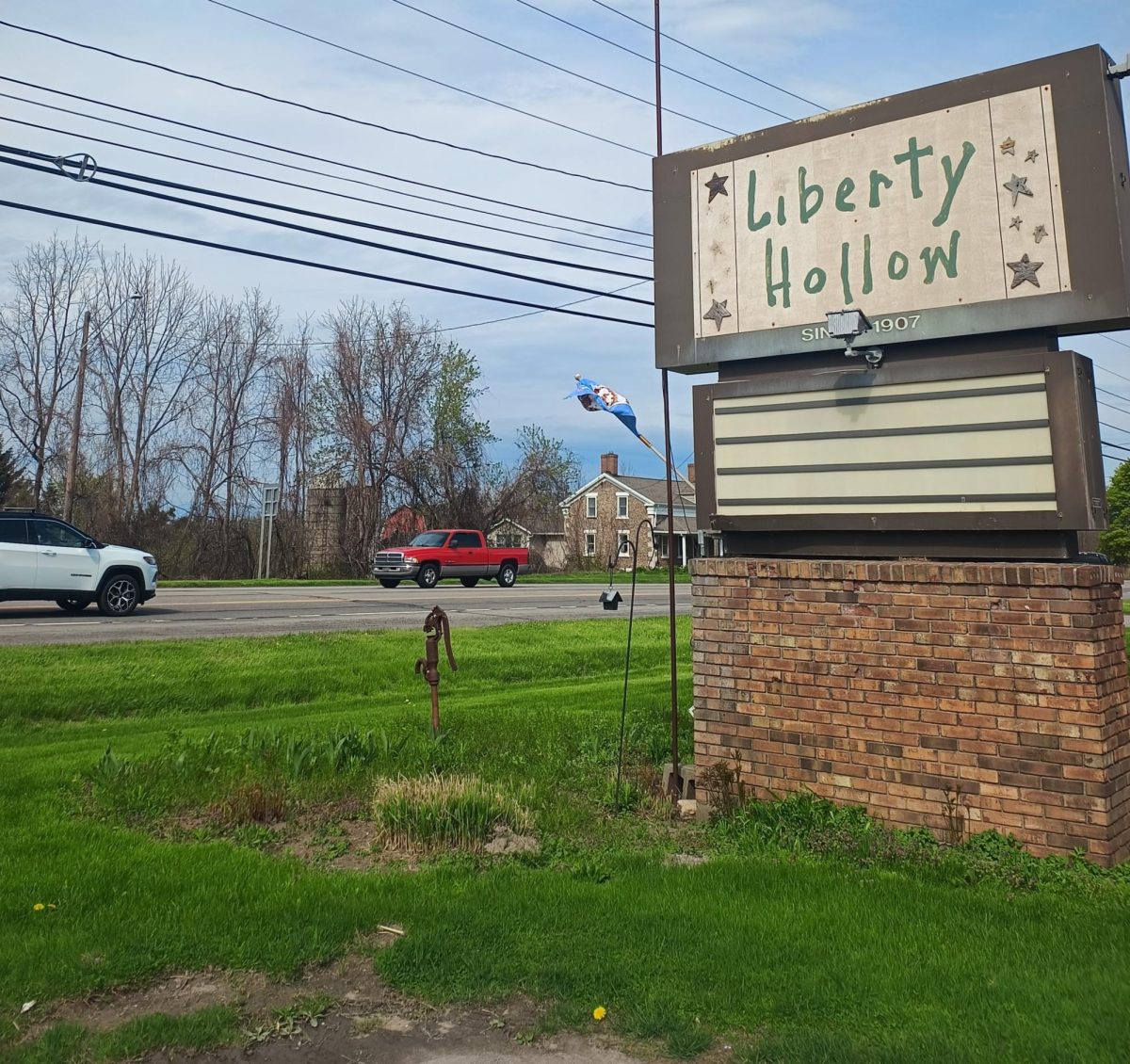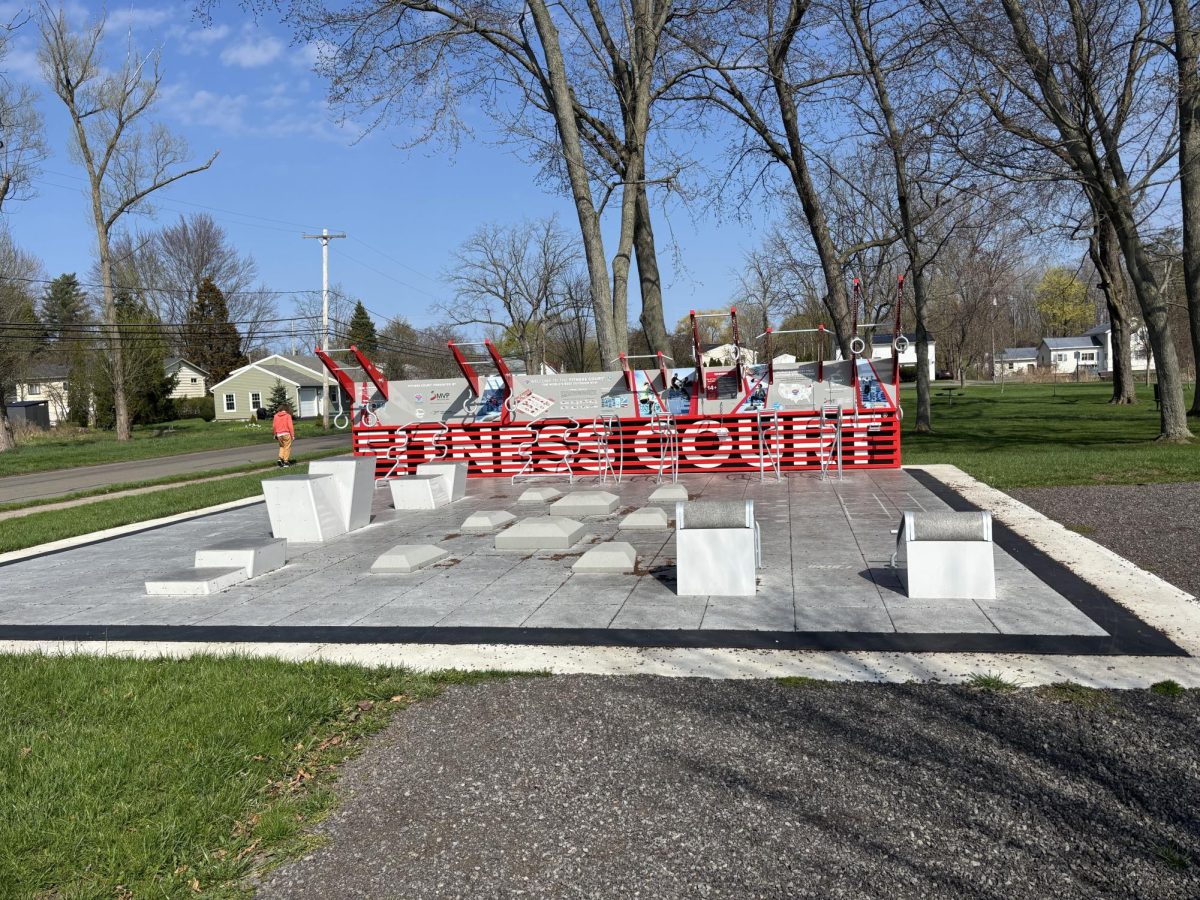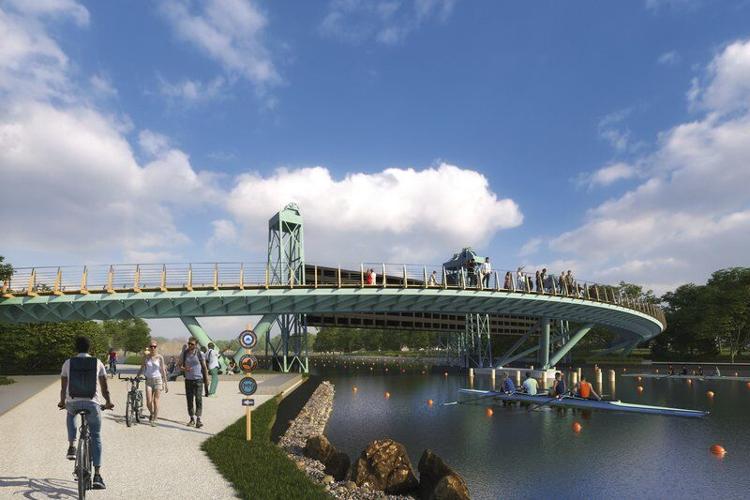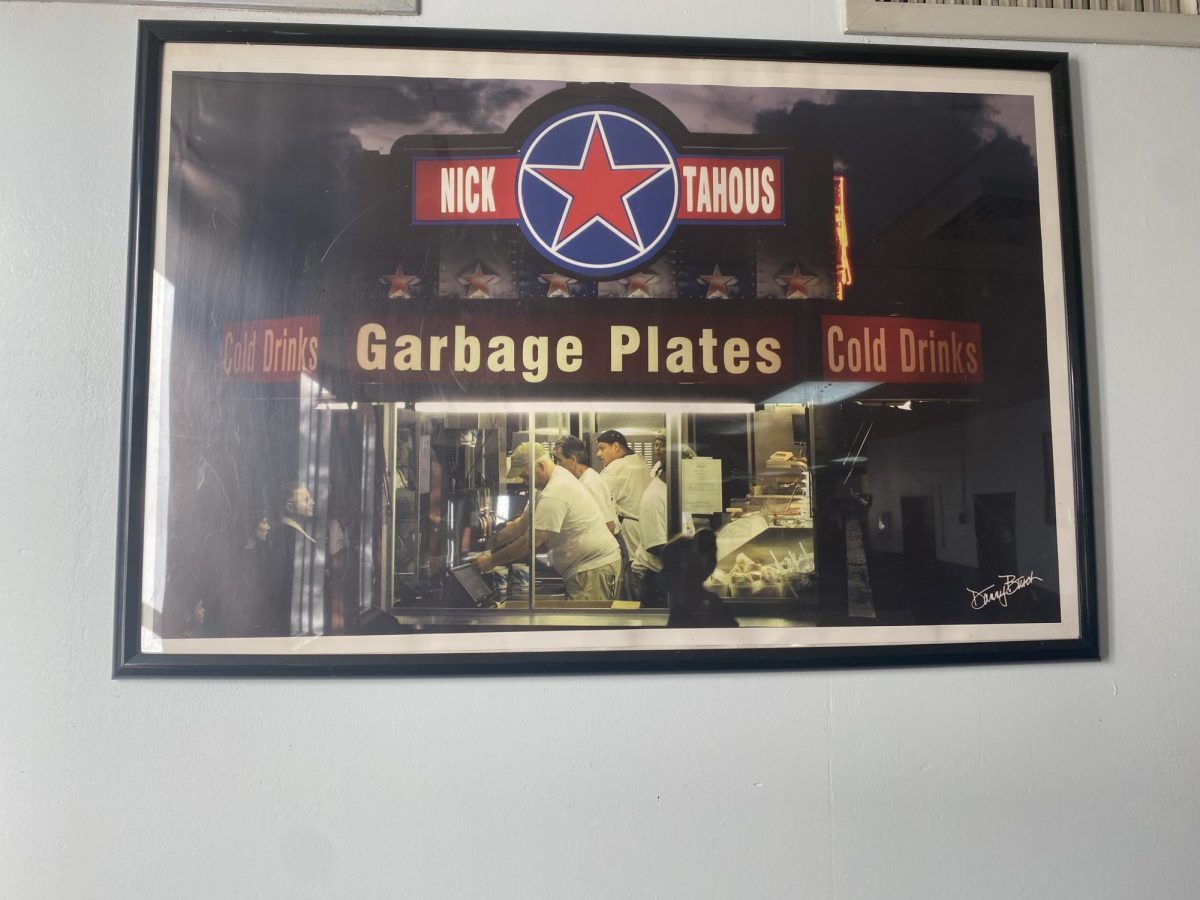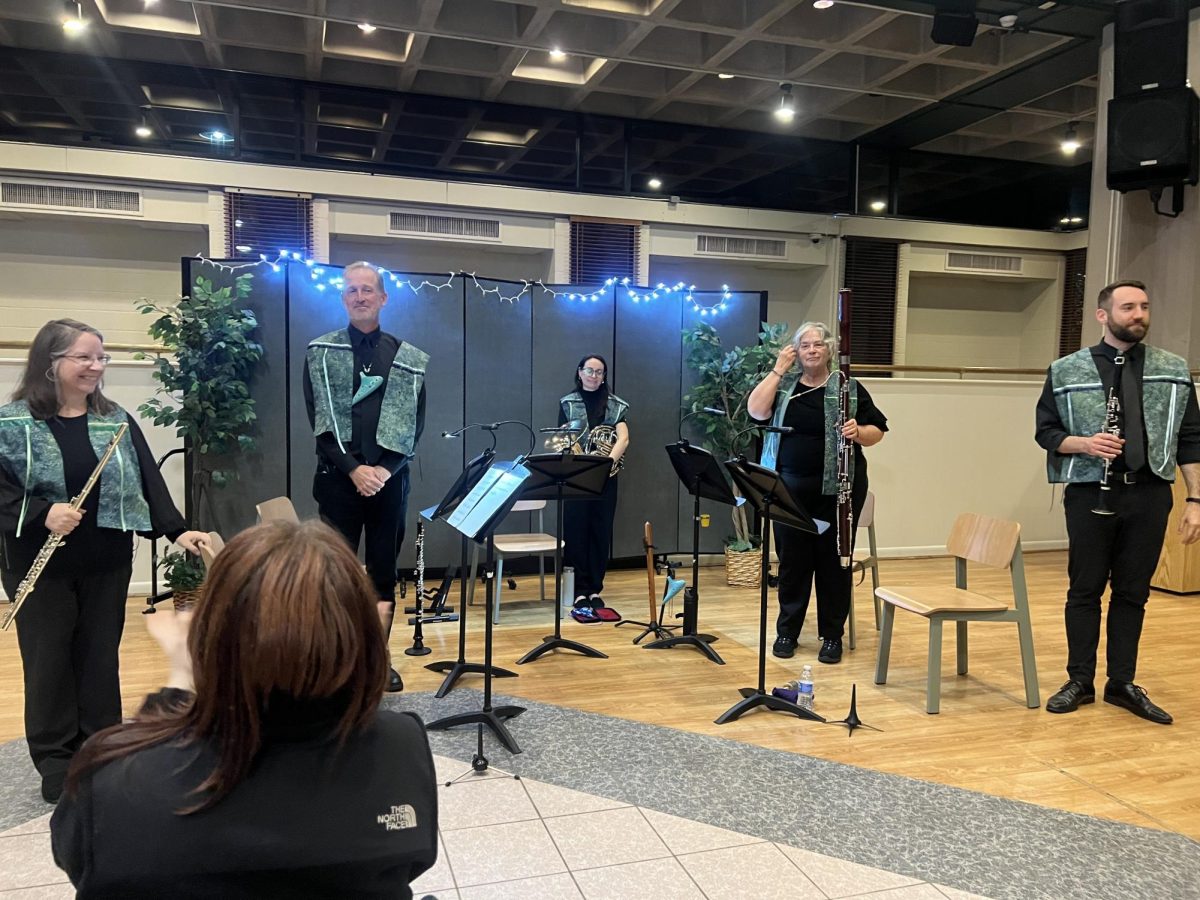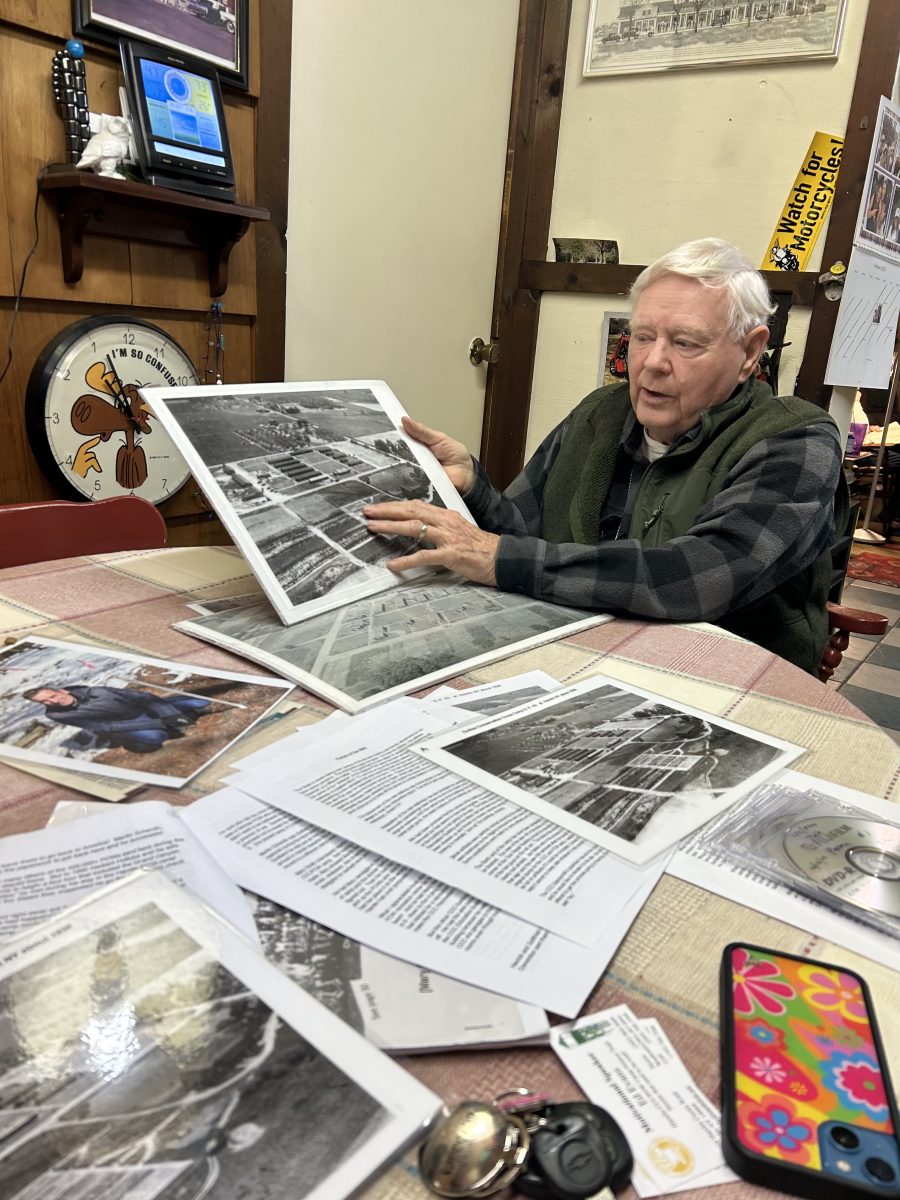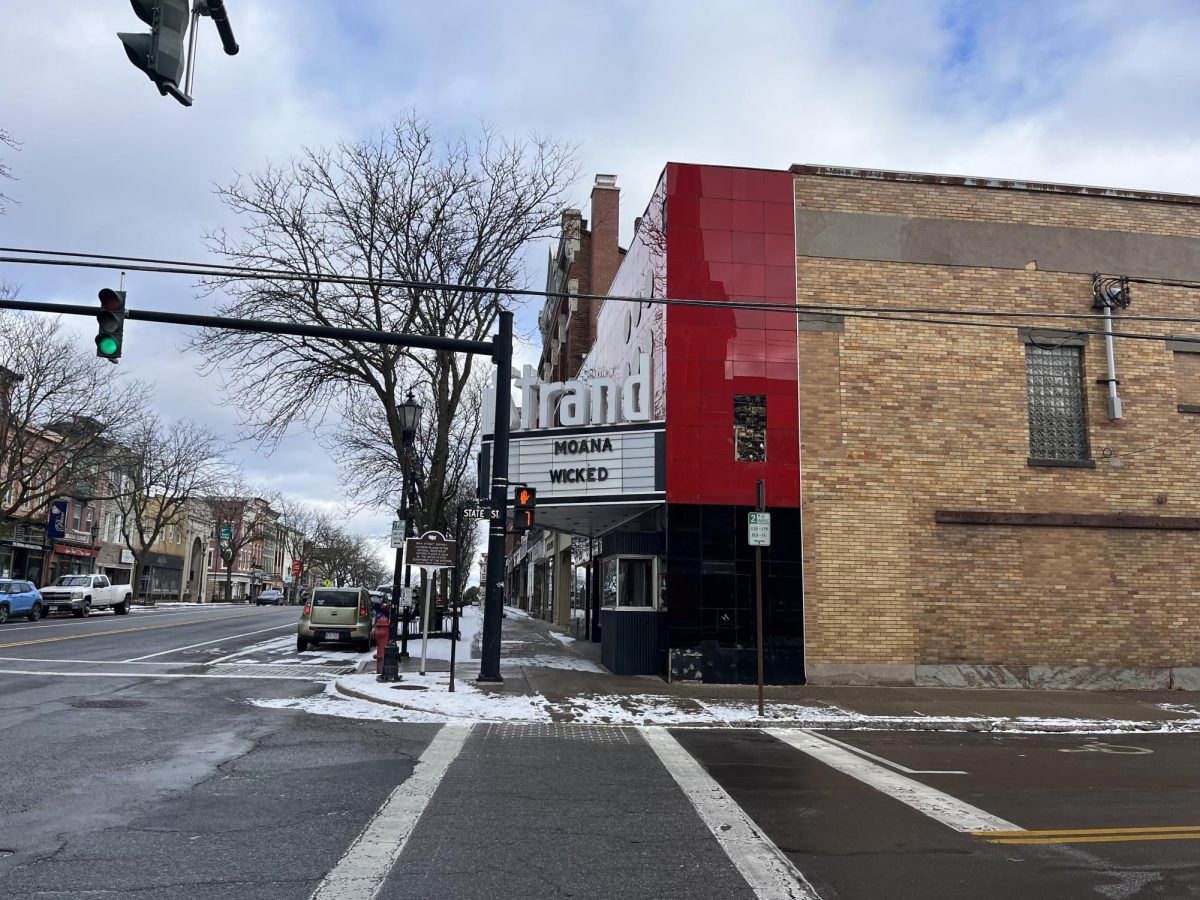By Maryalice Skutnik

In 2008, a battle against time and neglect was waged at Hamlin Beach State Park, where history lay dormant, waiting to be resurrected. This battle of preserving historic land is still being fought today. Beneath the tranquility of Hamlin Beach State Park lies a rich history with memories of strength, hard work and resilience.

Dating back to 1935, the park bore witness to the sweat and toil of young men who, for a dollar a day, molded its very landscape. These Civilian Conservation Corps (CCC) workers labored tirelessly, leaving a lasting mark on the terrain that would be remembered for generations to come.
During World War II, from 1944 to 1946, the park played host to a different kind of workforce: German prisoners of war (POW). Forced to toil on farms and in canning factories for 85 cents a day, these captives became an integral part of the park’s history, their experiences etched into its very soil.

As time passed, the memories of the CCC and POW camps faded into the wilderness, obscured by both the force of human carelessness and nature. It wasn’t until 2008 that a group of dedicated volunteers, known as “The Friends of Hamlin Beach State Park,” took up the tumultuous task of restoring this once-historic plot of land. Ed Evans was the man who took the lead on restoring the site.

“Slowly, the buildings disappeared in no particular order. Those that were not carted off eventually rotted in place. In 1956 the State Park system started to establish a tree nursery on the site but abandoned the project after six weeks of destroying important parts of the historic site and who knows how many artifacts,” Evans said.
They turned the eight acres into what Evans referred to as a “dump” for surplus materials. The Park Board had no interest in the restoration of the camp, and it wasn’t until Marty Howden became park manager that Evans finally got to start the process of clearing the grounds.
Howden set up a meeting with Evans because he wanted to know if it would be possible to turn the overgrown site into a History Trail. That very next day June 8, 2008, Evans, his wife Sue, and his son Jesse began clearing out the camp.

“They took everything about the camp away and the bulldozers wrecked the latrine and all that stuff. But they neglected to pull up the bottom strand of barbed wire that was buried. We followed that around with a metal detector on our hands and knees to find it, so we could take that picture with the barbed wire fence. That’s how we found where the barbed wire fence was,” Evans said.

Once a majority of the site was cleared of all the massive clutter, the group of volunteers worked to unearth the areas where the buildings once stood. Their main focus was clearing the area where the mess hall once stood. This would help them later to locate where other areas of the camp were.

“We began clearing the covering over the much deeper than-normal dent in the ground where the mess hall once stood. The dent was filled to the brim with a huge fallen cherry tree, rotting branches, honeysuckle tangle, shark teeth on a stick, and biting insect nests you didn’t know you walked over until later when you undressed for bed,” Evans said.
Clearing all eight acres included similar difficulties due to the time nature had to take over and overrun the historic site. The volunteers raked debris, got covered in black dust, and moved large piles of dirt that were as tall as 10 feet according to Evans. It took eight years of dedicated volunteers to fully clear the site into something that could be made into a History Trail.
In 2014 an interpretive trail explaining the history of the camp was officially opened inviting visitors to embark on a journey through time and rediscover the legacy etched within Hamlin Beach’s very soil.

The second piece of this series will cover the lives of some of the prisoners who once resided at Hamlin’s POW camp.

